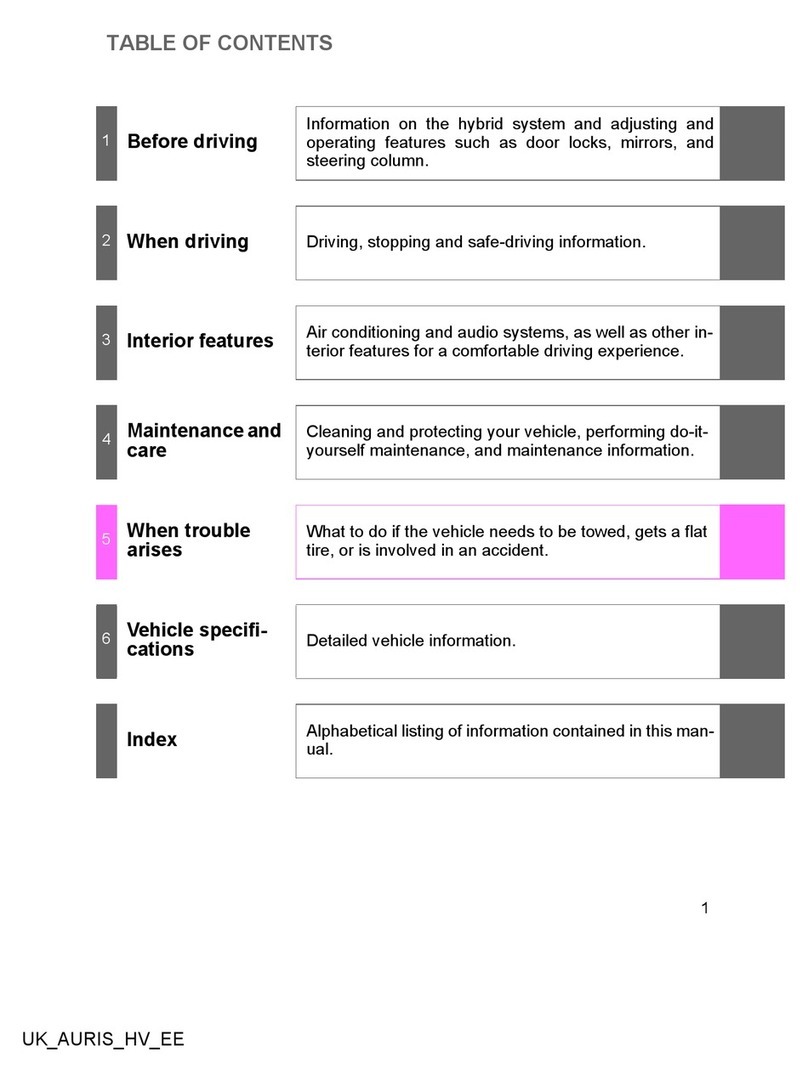Toyota VZN150 series User manual
Other Toyota Automobile manuals
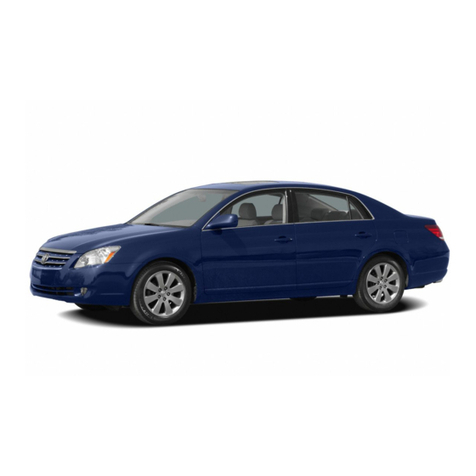
Toyota
Toyota AVALON 2005 User manual
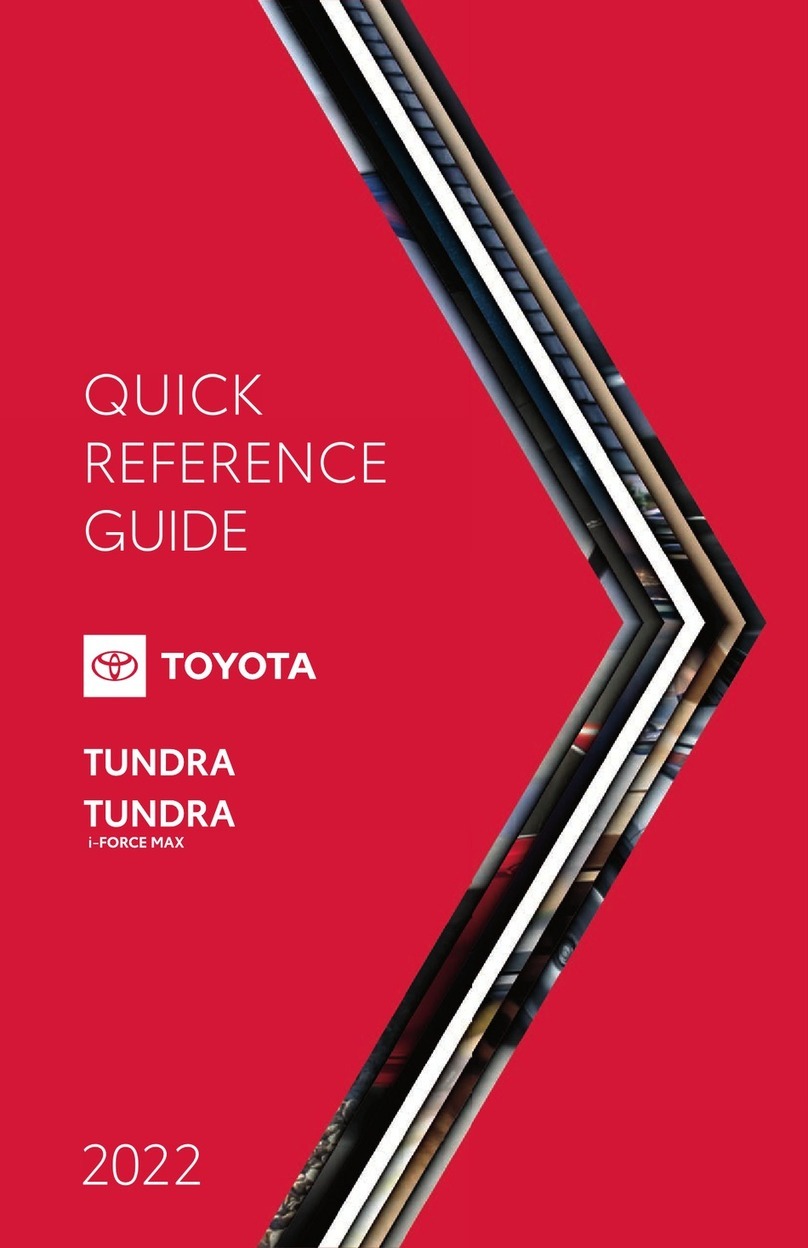
Toyota
Toyota Tundra 2022 User manual

Toyota
Toyota YARIS F User manual
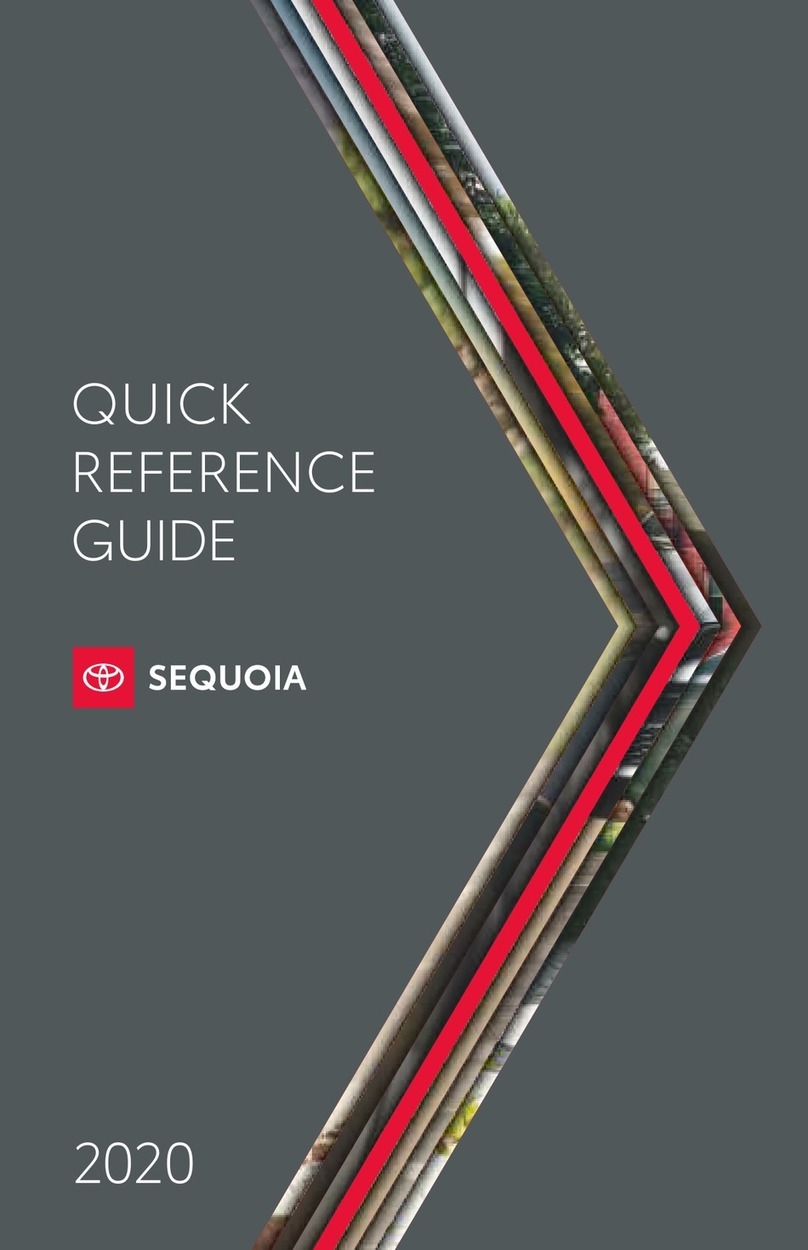
Toyota
Toyota Sequoia 2020 User manual

Toyota
Toyota Prius V 2013 User manual

Toyota
Toyota 2010 Sienna User manual

Toyota
Toyota Corolla 1998 User manual
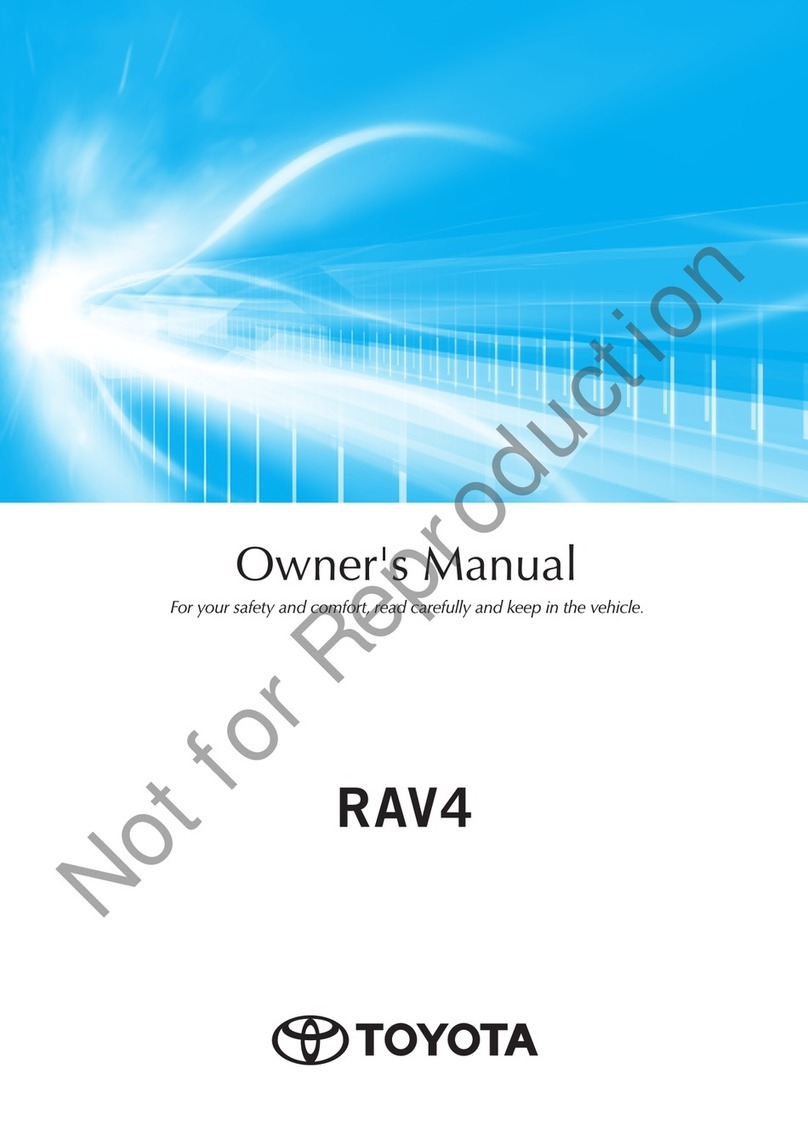
Toyota
Toyota RAV4 2019 User manual

Toyota
Toyota Avalon 2000 User manual
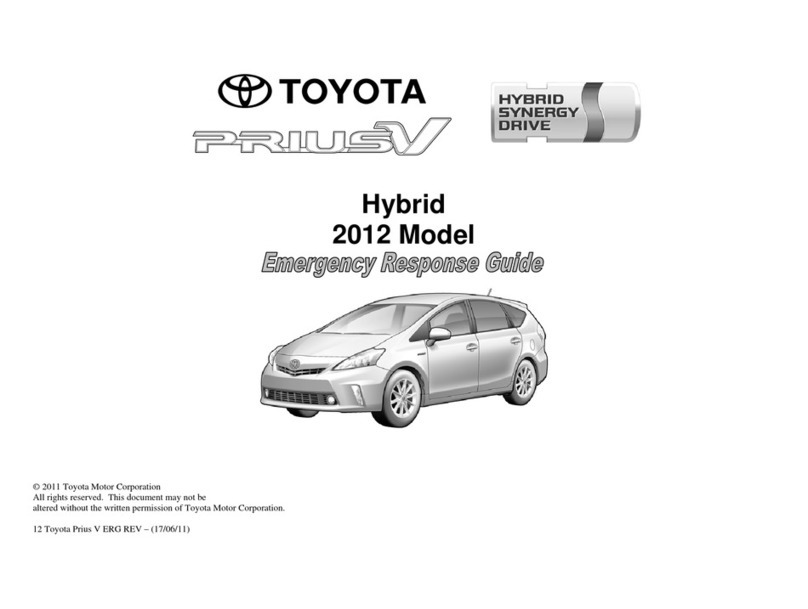
Toyota
Toyota Prius V 2012 Hybrid User manual

Toyota
Toyota Tacoma 2003 User manual

Toyota
Toyota 2008 Camry User manual
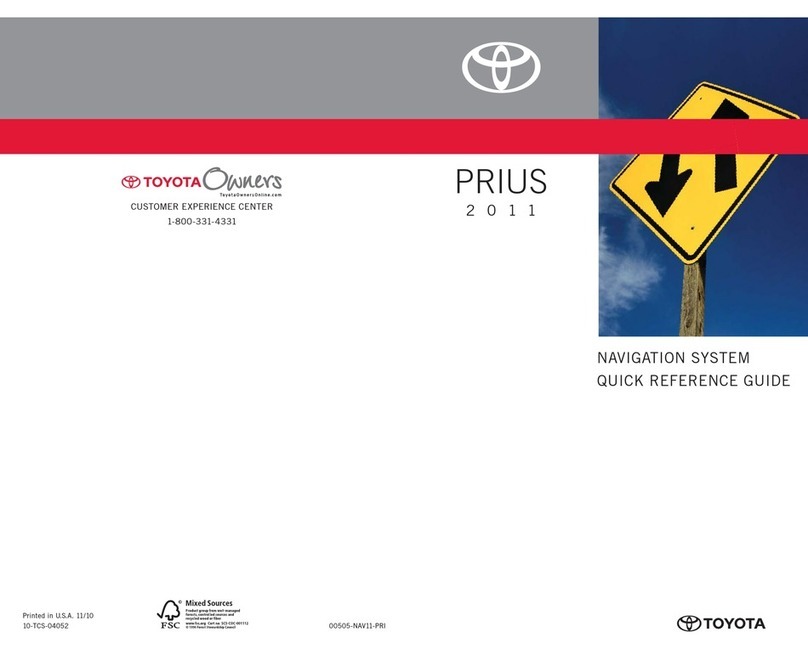
Toyota
Toyota Prius 2011 User manual
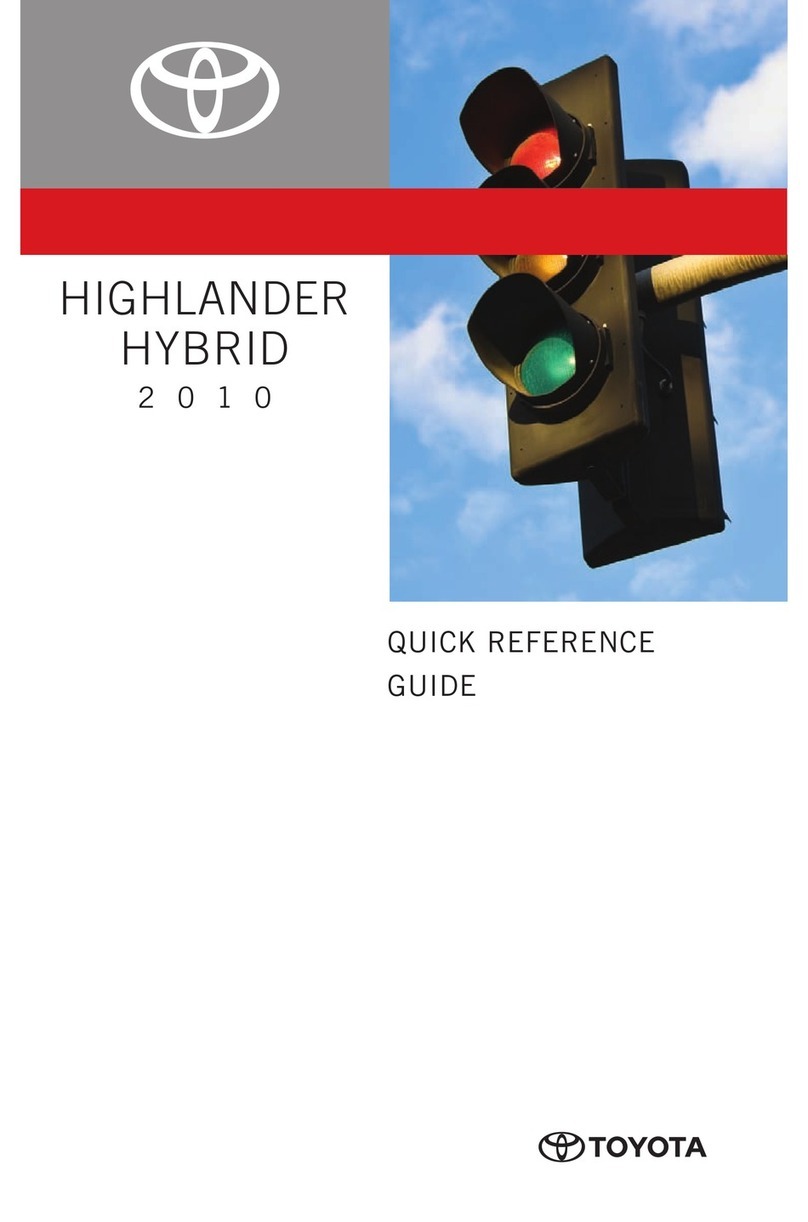
Toyota
Toyota HIGHLANDER HYBRID 2010 User manual

Toyota
Toyota HILUX SURF 4WD User manual

Toyota
Toyota 4Runner 2021 User manual

Toyota
Toyota Tacoma 2012 User manual

Toyota
Toyota RAV4 (RHD) - MMC User manual
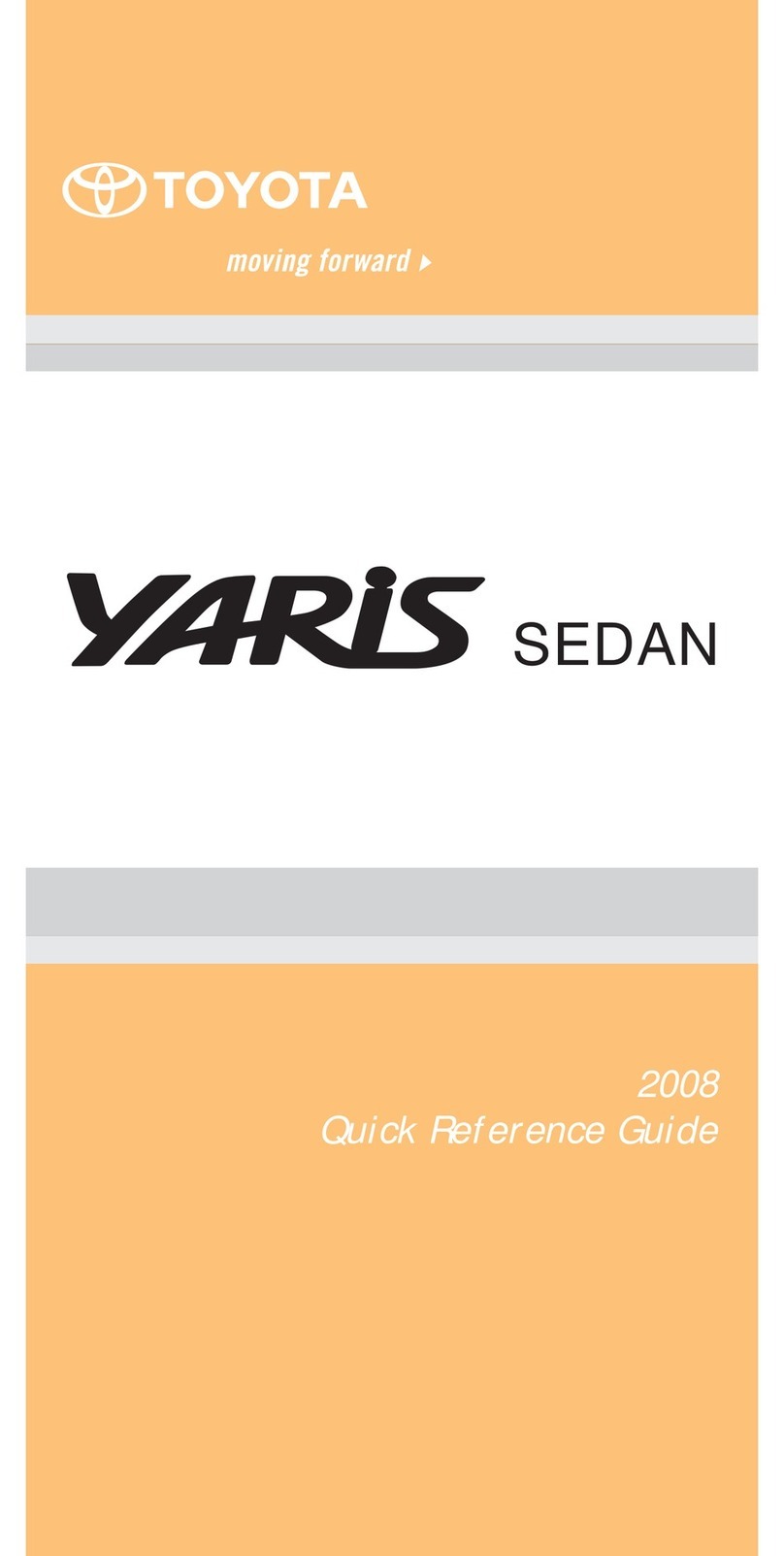
Toyota
Toyota Yaris Sedan 2008 User manual
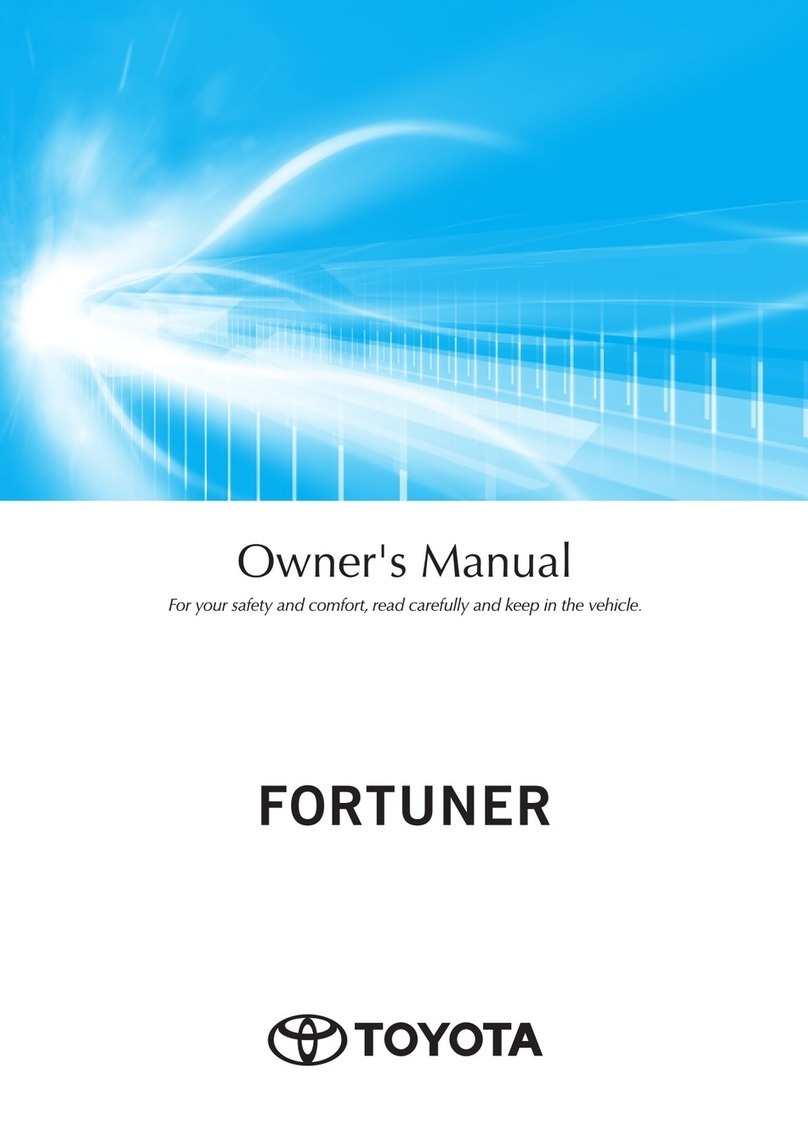
Toyota
Toyota FORTUNER 2021 User manual
